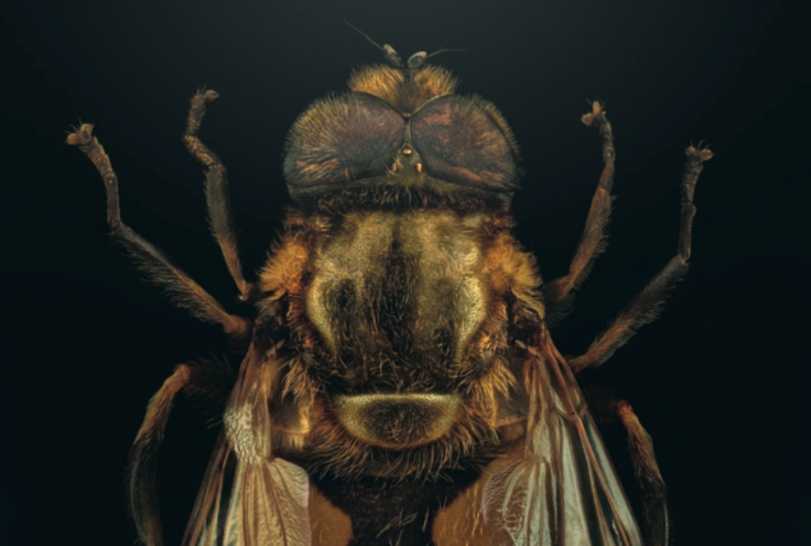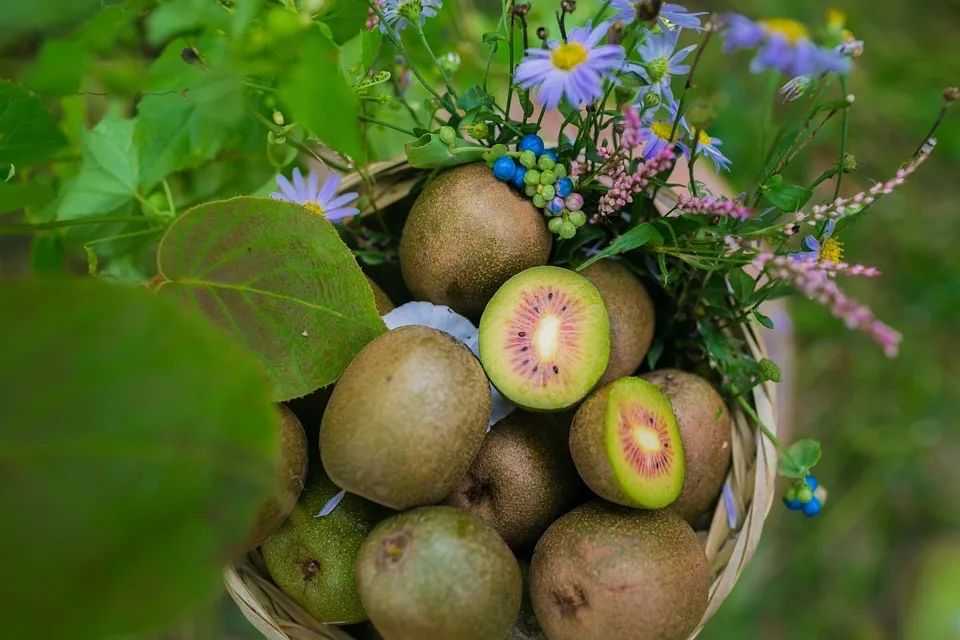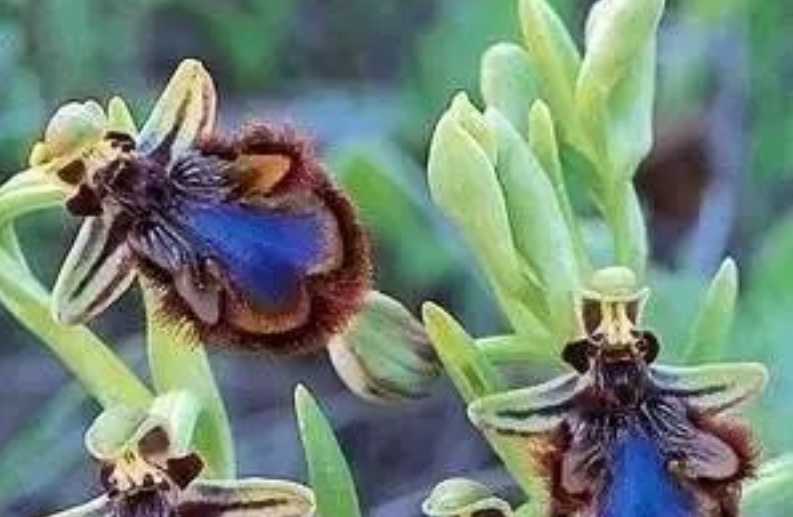
Swan flowers, known scientifically as Aristolochia erecta, are captivating perennial herbs that grace the landscapes of North America's temperate and tropical zones. These plants, with their sprawling growth habit, feature heart-shaped leaves and intricate, pipe-like flowers adorned with purple-brown mottling, making them a visual delight.
The unique blossoms of the swan flower are an evolutionary marvel, adapted to attract specific insects for pollination2. They thrive in well-drained soils and can tolerate a range of light conditions, from full sun to partial shade, showcasing their adaptability to diverse understory environments2. With a lifespan that extends over many years, these plants can grow up to 30 cm tall, adding a touch of elegance to any garden or natural setting2.
In addition to their aesthetic appeal, swan flowers play an important role in the ecosystem. They provide a habitat and food source for various insects and small animals, contributing to the overall biodiversity of their native habitats. As more people become aware of the beauty and significance of swan flowers, efforts are underway to protect and preserve these delicate plants, ensuring that future generations can continue to admire their grace and charm.





